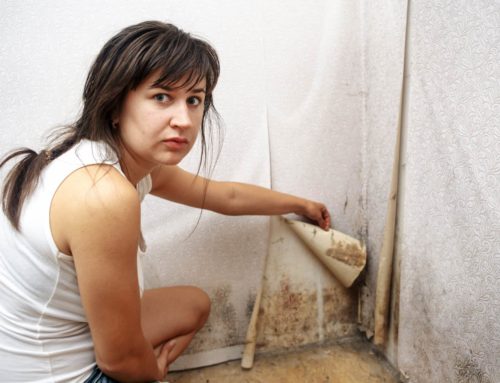
Your body’s hormones control most of your basic bodily functions. They serve as an internal communication system between cells throughout the body. They coordinate everything from digestion and growth to your appetite, immune function, mood, and libido. So, when your hormones are out of balance, even slightly, it can have a big impact on your health and well-being.
Most of our clients come to see us because of hormonal imbalances: bad PMS, mood swings, difficulty sleeping, erratic periods or menopausal symptoms of hot flashes and night sweats. On top of that many are suffering from fatigue and mild depression.
Often, when people’s hormones drop or become unbalanced, they turn to hormone replacement therapies to ease symptoms. One such therapy, bioidentical hormone replacement therapy (BHRT), has gotten a lot of attention in recent years. It promises a “natural” solution to hormone issues. But what exactly is BHRT, and how’s it different from other hormone replacement therapies?
What is BHRT?
BHRT can be used to treat men and women when their hormone levels drop or become unbalanced. It’s most frequently used to ease symptoms of perimenopause and menopause. It may also be used to improve symptoms of cancer treatment or to treat conditions such as:
- insulin resistance
- adrenal and thyroid disorders
- osteoporosis
- fibromyalgia
Bioidentical hormones are manmade hormones derived from plant estrogens that are chemically identical to those the human body produces. Estrogen, progesterone, and testosterone are among those most commonly replicated and used in treatment.
The important thing to understand is that there is no one “pill” that is going to “fix” the problem. ALL organ systems in the body are related and influence one another–so it is really important to look at the “big picture”. Surprisingly enough, small changes in several different areas can make big differences in symptoms.
The first thing we do is assess and perform appropriate lab tests. The assessment will include a deep dive into:
- How much stress are you under? For how long? In what ways? What are your coping mechanisms and tools?
- What are you eating, drinking, or lacking in your diet which influences hormones?
- How is your bowel function? Irritable bowel symptoms (Gas, pain, bloating, constipation)?
- What toxic exposures have you had to antibiotics, medications, environmental factors?
- How well is your thyroid working? (i.e. Hair falling out, depression, dry skin, brittle nails, cold hands and feet?)
Hormonally, because of environmental and dietary factors, most women are estrogen dominant (lacking enough natural progesterone to balance excess estrogen); leading to heavy bleeding, erratic periods, PMS, endometriosis, fibroids, bad cramps, breast tenderness and even breast cancer.
How to take BHRT
BHRT comes in a variety of forms including:
- creams
- injections
- implanted pellets
- patches
- gels
Talk to your doctor about which form may be best for you and your lifestyle. You’ll likely need to be monitored regularly once you begin BHRT to evaluate your body’s response. However, the FDA cautions against monitoring hormone levels via blood and saliva tests. These only tell you your hormone levels at a moment in time and can vary widely throughout the day.
The FDA recommends that if you do choose any form of hormone therapy that you use the lowest dose that produces results. The FDA also says you should use it for the shortest length of time possible.










